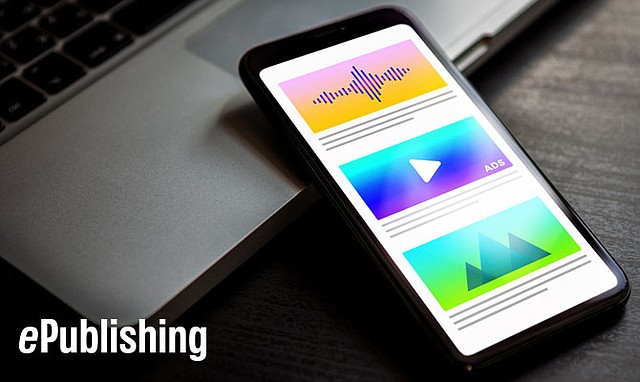Content Marketing Offers Multiple Options: How BrandVoice is Making Money
Friday, July 12, 2013
If you’re a publisher, content marketing is a constant conversation these days. Naturally, the majority of that conversation focuses on your content. But, if you’re not talking about how advertising fits into your body of content, you might be missing a lucrative opportunity.
We know that the nature of advertising is evolving to meet digital demands and content marketing is one response to those changes. What can be challenging is sifting through all the terms people are using to describe the types of advertising that fall under the category of content marketing.
What’s interesting is that some people talk about content marketing as if it’s exclusive to advertising. As a publisher, you know that content marketing is much more than that—it’s a strategy for building readership and revenue, but where does advertising fit?
Part of the problem is that everyone is defining things their own way and sometimes using terms interchangeably. It’s the same sort of conundrum we ran into with social media.
Some of these terms are pretty straightforward:
Sponsored Content, for instance, refers to when an advertiser pays to have their name associated with specific content or types of content on a publisher’s site. (If an advertiser wants to sponsor specific topics, consider creating Topic Pages with a taxonomy system that automatically associates all content based on semantic tagging.) The content is still editorial, in that the advertiser doesn’t have any control over it.
Brand Content on the other hand, is content developed and published exclusively by a brand, and presented on their own distribution channels. Think individual brand YouTube channels. Yes, some brands are becoming publishers, in a way.
Things start to get a little cloudy when you talk about native advertising and advertising content.
A simple definition describes native advertising as an ad bought and displayed on one platform. So, in these terms, native advertising can be a form of advertising content.
Advertising content is content appearing on a site that advertises for a brand—it’s different from more traditional forms of advertising in that it’s not a banner or display ad. It is always differentiated from editorial content in some way, but it’s content nonetheless . . . and an advertisement.
That all seems clear until you talk to Forbes. The publication has been blazing trails in the world of digital publishing, particularly since Meredith Levien came on board. Levien is responsible for turning the company around in the last five years and with Lewis D’Vorkin, the two made Forbes a leader in the move to advertising content—but they don’t call it advertising content, they call it native advertising.
This begs the question: if they are a leader in the movement, then shouldn’t they be one of the defining bodies? D’Vorkin, who heads up BrandVoice, their sponsored content engine, has attempted to clarify:
“A good way to look at the thing called a native ad is this: a paid-for placement on a digital screen or within a content stream that promotes a brand’s content marketing much the same way editorial content is promoted. That positioning, consistent with a given site’s consumer experience, makes the native ad a discovery mechanism for marketing content that lives on the publisher’s site, not the marketer’s. Contrast this to the display ad, which is disruptively placed and transports consumers away from the site they came to visit in the first place. On Forbes.com, the native ad is effectively a news headline, always clearly labeled as written by the marketer, that points to one of that marketer’s posts on our site.”
Regardless of what you call it and whether or not you agree, what Forbes is doing demands the attention of other publishers. With BrandVoice, advertisers essentially use a blogging platform (the same tools that the Forbes staff use) to create their own content under the Forbes logo.
There are those who argue that Brandvoice is blurring the lines between ads and editorial content, but for Forbes, it’s a moneymaker, with 20 or so marketers paying a total between $50,000 and $75,000 a month.
D’Vorkin addresses the controversy by talking about market realities and what they are doing and seeing with BrandVoice. For example, two metrics they use for consumer reaction, recall and favorability, score notably higher for BrandVoice posts than for traditional display ads. Additionally, Forbes will soon introduce a new article page that enables tracking of BrandVoice headlines and additional native ad placements across their platform.
They’ve also got their eyes on relevant trends:
D’Vorkin calls attention to the development of Native Ad Networks. Essentially, there are publishing tools that enable marketers to deliver native content to multiple websites.
And then, there’s mobile. D’Vorkin argues that marketers need to come to grips with it, because the value placed on the content is NOT based on the viewing device, and mobile, as we know, is growing exponentially.
But what does all this mean for you? D’Vorkin is giving you a head’s up:
“To quote my colleague, Mark: “As publishers look to these new forms of monetizable ad units, those who haven’t built out a strong content strategy for what type of native content will appear will start to accept anyone’s content, breaking one of the main rules of native: it must add value for the user, it must add value to the marketer by building a deeper more meaningful relationship with the users.””
